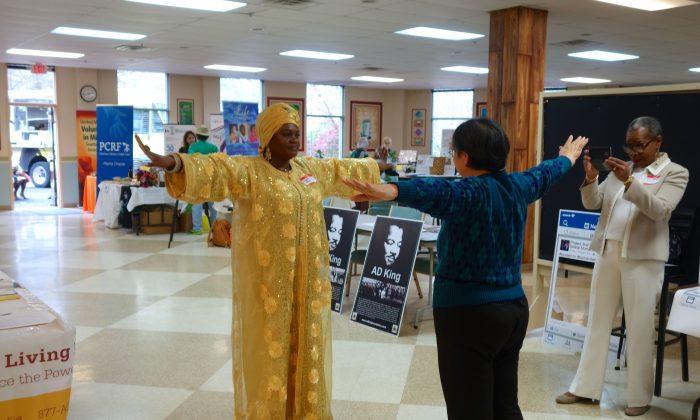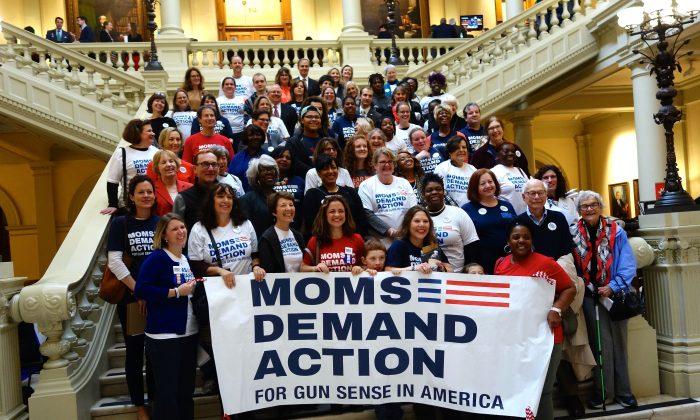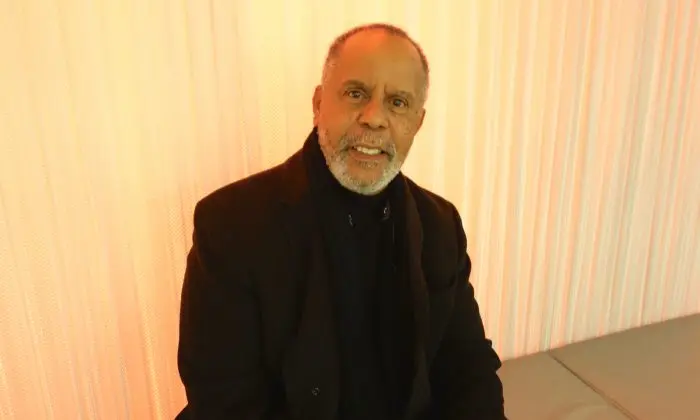Some call their bosses weasels. Some call them horrible. Researchers at the University of Louisville call them skunks.
An estimated 36 percent of Americans work for dysfunctional or full-on horrible bosses.
U of L assistant professors Kevin Rose, Brad Shuck, Matt Bergman, and Ph.D. graduate Devon Twyford, conducted a study and identified poor leadership actions. They did a literature review and classified bad boss behaviors from mildly annoying to abusive. The most extreme was “toxic and dangerous behavior, such as public ridicule, physical altercations, and drug abuse,” according to the report.
Dysfunctional leaders cause good talent to leave, provoke workers to steal from the company for revenge, and harm the health and family lives of employees.
Between turnover, stifled innovation, and lost productivity, bad bosses drain an estimated $24 billion from the economy, the study found.
Yet bad leadership is little studied, which is why they decided to review it, categorize it, and make recommendations to combat it. Libraries could be filled with books written on good management, while bad management is less defined.
What Makes a Bad Boss?
What makes a boss bad? The worst is the sociopath, the Machiavellian manipulator, or the narcissist. Best not to hire or promote these in the first place. The researchers advise companies to screen for what they call “High Machiavellian” traits. That means willingness to trick, to lie, to step on others, to cut ethical corners. Sadly, those traits can show up in being impressive in interviews, self-confident, and convincing. Hirer beware!
A less wicked but still demoralizing kind of dysfunctional leader is the micromanager who tries too hard to control his or her subordinates, and who focuses on their weaknesses instead of their strengths. This has to do with company structure and culture, they wrote. To reach its potential a company should focus on employees’ well being. If a company is too hierarchical, and places too little value on its employees, bad leadership behaviors take hold.

“A mechanistic organizational structure, characterized by close supervision and centralized decision making, may facilitate an environment in which dysfunctional leadership thrives,” the researchers wrote.
It is both more respectful and more conducive to productive work if employers share decisions and the reasons for decisions with workers, and if they sincerely value employees.
“Creativity is hampered in organizations that fail to create those environments that promote flourishing and well-being. Again, if these outcomes are even remotely important—if creativity and engagement are important at any level—the dysfunctional leader cannot be allowed to continue his or her reign,” stated the study.
Addressing and ending dysfunctional leadership will free a company to thrive, according to Shuck, in a video about the study. When an organization finds a way to value its workers, creativity soars. “Organizations that figure that out, that find a way to engage their employees, that every day when they come in they feel they are a valued member of the team-watch out-absolutely, watch out,” he said.
The study is called “Skunked: An Integrative Review Exploring the Consequences of the Dysfunctional Leader and Implications for Those Employees Who Work for Them.” It was published in Human Resource Development Review.





